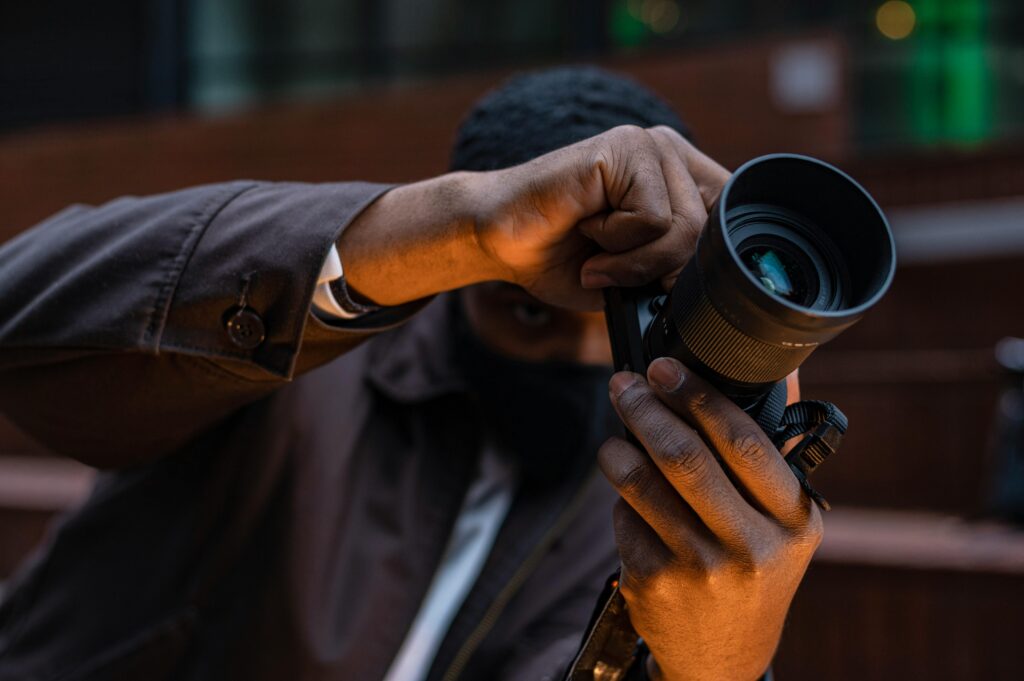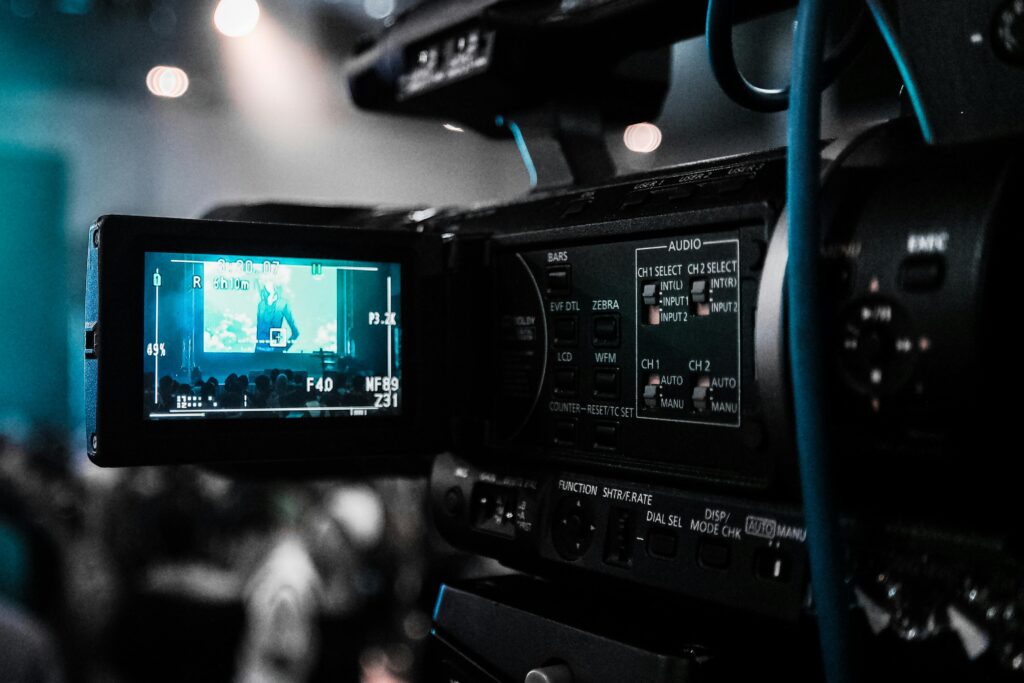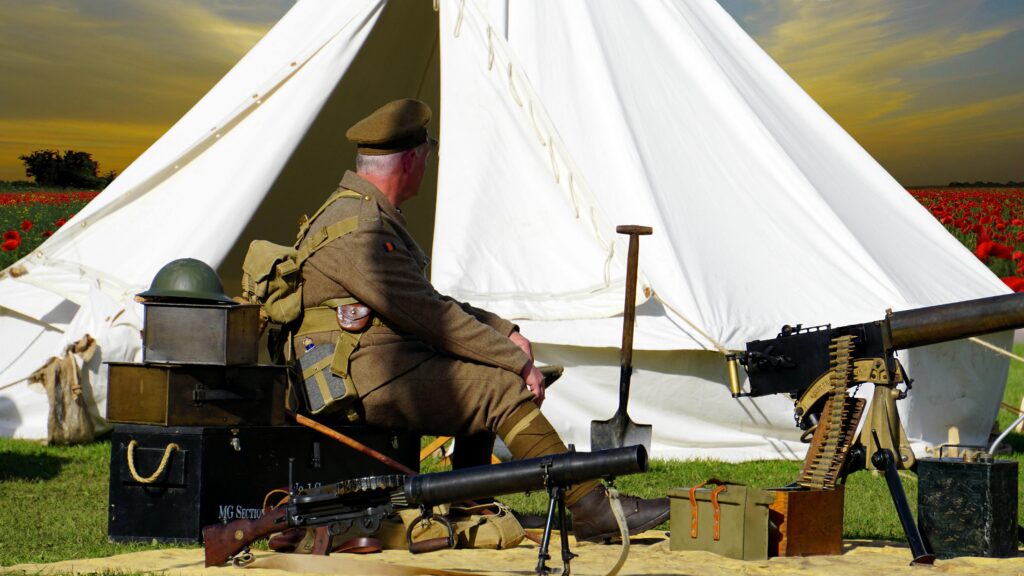The Dutch tilt, also known as the Dutch angle, canted angle, or oblique angle, is a powerful cinematographic technique that involves tilting the camera on its roll axis, resulting in a slanted horizon line. This method is widely used to evoke feelings of unease, tension, or disorientation in viewers, making it a valuable tool in a filmmaker’s arsenal.
Understanding the Dutch Tilt
A Dutch tilt is achieved by tilting the camera so that the horizon line is not parallel to the bottom of the frame. This intentional skewing can range from a subtle tilt to an extreme angle, depending on the desired effect. The technique is often employed to convey psychological unrest, heighten suspense, or suggest a world out of balance.
Historical Background
Despite its name, the Dutch tilt did not originate in the Netherlands. The term is a misinterpretation of “Deutsch,” the German word for “German.” The technique was popularized during the German Expressionist movement in the 1920s, where filmmakers sought innovative ways to depict emotional states and psychological tension. Early examples include films like “The Cabinet of Dr. Caligari,” which utilized distorted sets and tilted camera angles to reflect the characters’ inner turmoil.
Applications of the Dutch Tilt in Film
Filmmakers employ Dutch tilts for various purposes, each serving to enhance the narrative and emotional impact of a scene.
Conveying Psychological Distress
One of the primary uses of the Dutch tilt is to mirror a character’s mental instability or emotional distress. By tilting the camera, filmmakers can visually represent a character’s skewed perception of reality. For instance, in “Fear and Loathing in Las Vegas,” Dutch angles are used extensively to depict the protagonist’s drug-induced hallucinations, immersing the audience in his disoriented state.
Enhancing Suspense and Tension
In suspenseful scenes, a Dutch tilt can amplify the sense of unease. In “Mission: Impossible” (1996), director Brian De Palma employs Dutch angles during a pivotal restaurant scene where Ethan Hunt realizes he has become a target. The tilted framing intensifies the tension, signaling to the audience that the situation is precarious.
Depicting Unstable Environments
When the environment itself is chaotic or unbalanced, Dutch tilts can effectively convey this instability. In “Inception,” Christopher Nolan uses Dutch angles to illustrate the collapsing dream worlds, emphasizing the disintegration of the characters’ surroundings and the blurring line between reality and illusion.
Implementing Dutch Tilts: Best Practices
While Dutch tilts can be impactful, their overuse or improper application can diminish their effectiveness. Here are some best practices for incorporating Dutch angles into your filmmaking:
Identify the Right Moments
Reserve Dutch tilts for scenes that warrant a sense of unease or disorientation. Overusing the technique can desensitize the audience and dilute its impact. Analyze your script to pinpoint moments where a character’s perspective is skewed or the environment is unstable.
Consider the Degree of Tilt
The angle of the tilt should correspond to the intensity of the scene. A slight tilt can subtly suggest discomfort, while a more extreme angle can convey heightened tension or chaos. For example, in “The Third Man,” director Carol Reed employs pronounced Dutch angles to reflect the moral ambiguity and instability of post-war Vienna.
Maintain Visual Clarity
Ensure that the tilted composition does not confuse the audience or obscure important visual information. The framing should still guide the viewer’s eye to the focal points of the scene. Balancing the tilt with other compositional elements is crucial to maintain coherence.
Combine with Other Techniques
Pairing Dutch tilts with other cinematographic methods can enhance their effectiveness. For instance, combining a Dutch angle with a close-up shot can intensify a character’s emotional state, while using it with a wide shot can emphasize environmental instability. Experimenting with these combinations can yield compelling visual storytelling.
Common Questions About Dutch Tilts
- What is the purpose of a Dutch tilt? A Dutch tilt is used to create a sense of unease, tension, or disorientation, reflecting a character’s psychological state or an unstable environment.
- When should I use a Dutch tilt? Use a Dutch tilt in scenes where you want to convey imbalance, tension, or a shift in reality. It’s particularly effective in moments of psychological distress or suspense.
- Can Dutch tilts be overused? Yes, overusing Dutch tilts can lessen their impact and make the film feel stylistically inconsistent. It’s best to use them sparingly and purposefully.
- How do I determine the degree of tilt? The degree of tilt should match the intensity of the scene. Subtle tilts suggest mild unease, while extreme tilts can indicate chaos or severe disorientation.
- Are Dutch tilts suitable for all genres? While commonly used in thrillers and horror films, Dutch tilts can be effective in any genre when used appropriately to enhance the narrative.
Conclusion
The Dutch tilt is a versatile and impactful cinematographic technique that, when used judiciously, can significantly enhance the emotional and visual storytelling of a film. By understanding its history, applications, and best practices, filmmakers can effectively incorporate Dutch angles to convey psychological depth, tension, and environmental instability, enriching the cinematic experience for their audience.


